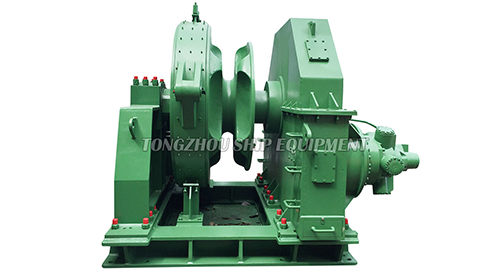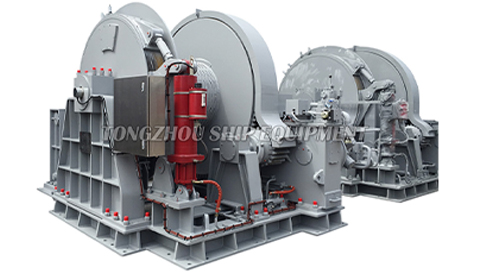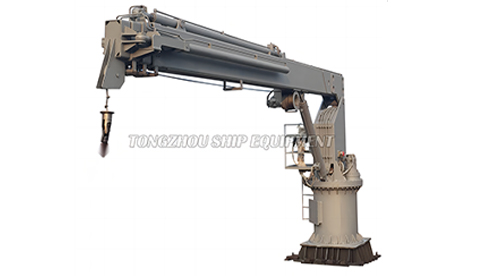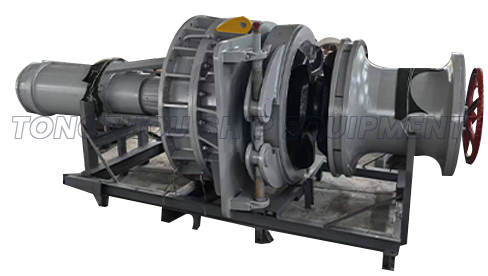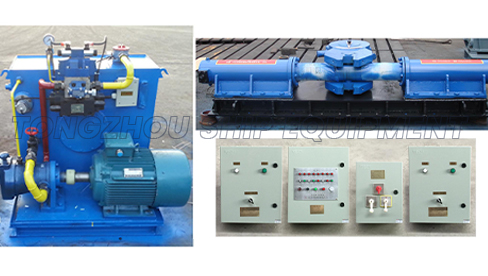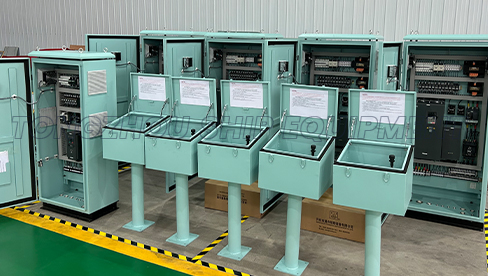How Do You Troubleshoot a Marine Windlass That Won't Operate Properly?
 2025.05.01
2025.05.01
 Industry News
Industry News
A malfunctioning marine windlass is more than an inconvenience—it jeopardizes vessel safety, delays operations, and risks costly downtime. Whether you’re a seasoned captain, engineer, or boat owner, understanding how to systematically diagnose and resolve windlass issues is critical.
1. Perform a Preliminary Safety Check
Before diving into technical diagnostics, prioritize safety:
Disconnect power: Turn off the windlass circuit breaker to prevent accidental activation.
Inspect for visible damage: Look for frayed cables, corroded terminals, or hydraulic leaks.
Verify anchoring conditions: Ensure the anchor isn’t fouled on debris or wedged in the hawsepipe.
Why this matters: Many "failures" stem from simple oversights like a tripped breaker or mechanical obstruction. Addressing these first saves time and avoids unnecessary repairs.
2. Diagnose Power Supply Issues
Electrical faults are the most common culprit. Test these components methodically:
A. Battery and Voltage
Use a multimeter to check voltage at the windlass terminals. Most 12V/24V systems require ≥10.5V/21V under load.
Weak batteries or undersized wiring cause voltage drop, leading to sluggish motor performance or overheating.
B. Circuit Breakers and Solenoids
Reset tripped breakers and test continuity.
Listen for solenoid clicks during operation. Silence may indicate a faulty solenoid or control circuit.
C. Control Switches/Remote
Test foot switches, helm controls, or wireless remotes for loose connections or water ingress. Corroded contacts disrupt signal transmission.
3. Assess Mechanical Components
If power supply is stable, shift focus to mechanical integrity:
A. Gearbox and Motor
Manually rotate the gypsy or chainwheel. Stiff movement suggests seized bearings or gearbox issues.
For hydraulic windlasses, check pump pressure and fluid levels. Low oil or air in the system reduces efficiency.
B. Chain/Anchor Alignment
Misaligned chain can jam the windlass. Verify the chain runs smoothly through the hawsepipe and gypsy.
Worn gypsy pockets or mismatched chain/gypsy profiles cause slippage.
C. Lubrication
Inspect grease nipples and gear oil. Insufficient lubrication accelerates wear on gears and bearings.
4. Evaluate Control Systems
Modern windlasses integrate complex electronics. Advanced checks include:
A. Control Panel Diagnostics
Use manufacturer-specific error codes (if available) to identify faults in PCBs or sensors.
Test override modes to bypass potential software glitches.
B. Load Monitoring
Overload protection systems may disable the windlass if excessive force is detected. Reset via the panel or by manually freeing the anchor.
5. Address Corrosion and Sealing
Saltwater exposure corrodes components over time:
Inspect seals around motor shafts and hydraulic lines. Failed seals allow moisture ingress, leading to internal rust.
Clean terminals with a corrosion inhibitor and apply dielectric grease.
When to Seek Professional Help
While many issues are user-serviceable, certain scenarios demand expert intervention:
Persistent motor burnout (indicative of deep electrical faults).
Hydraulic pump failures requiring specialized tools.
Structural cracks in the windlass body or mounting base.
A windlass is a workhorse, but neglect turns minor issues into critical failures. Regular maintenance—cleaning, lubrication, and load testing—extends its lifespan.



 English
English  عربى
عربى  中文简体
中文简体 
